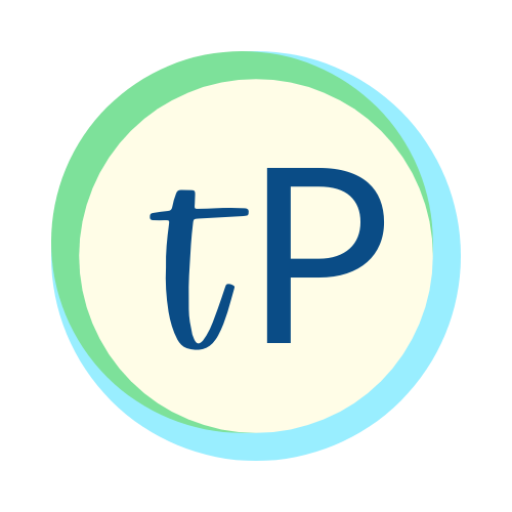Babies Read Lips to Learn Language

This is the kind of research that I find FASCINATING because
– it shows the amazing learning capabilities in very young children
AND
– it speaks to the power of connection and engagement.
So why would babies be able to do this weird trick? We come into the world capable of speaking any language, so one of our first tasks is to learn how our native language works: What sounds do I need to know– and how do I move my mouth to make those sounds? We adults take this information for granted, but it’s the kind of specific detail that babies really pay attention to as they figure out the rules of the language game.
Scientists can measure the baby reacting to seeing something new. In this case, a baby who has only seen the mouth movement that goes with one language notices when the movement changes as a different language is spoken. It’s a sign of just how closely they have been observing the people around them.
By 8 months, they can’t really do this trick any more, because once they have gotten familiar with the main language, they don’t really need to bothering noticing the small distinctions in another and they can focus on other things they need to learn about language. Interestingly, babies growing up in bilingual homes can do this somewhat longer because they still need to be sensitive to these differences as they are learning multiple language.
(* This does NOT mean that children in bilingual homes are learning any slower – they are simply processing more information; & that actually has benefits like improved executive function skills.)
This is another example of how much learning comes from social interactions. As parents, we want to make sure we give them plenty of opportunity for this kind face-to-face experience. It can be easy to let these moments slip, with the lure of the cell phone, and in our current state where we often wear masks over our mouths, so try to build them into your day when you can.



